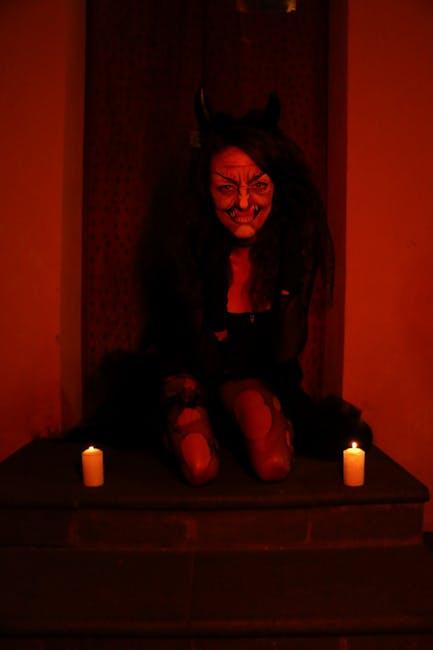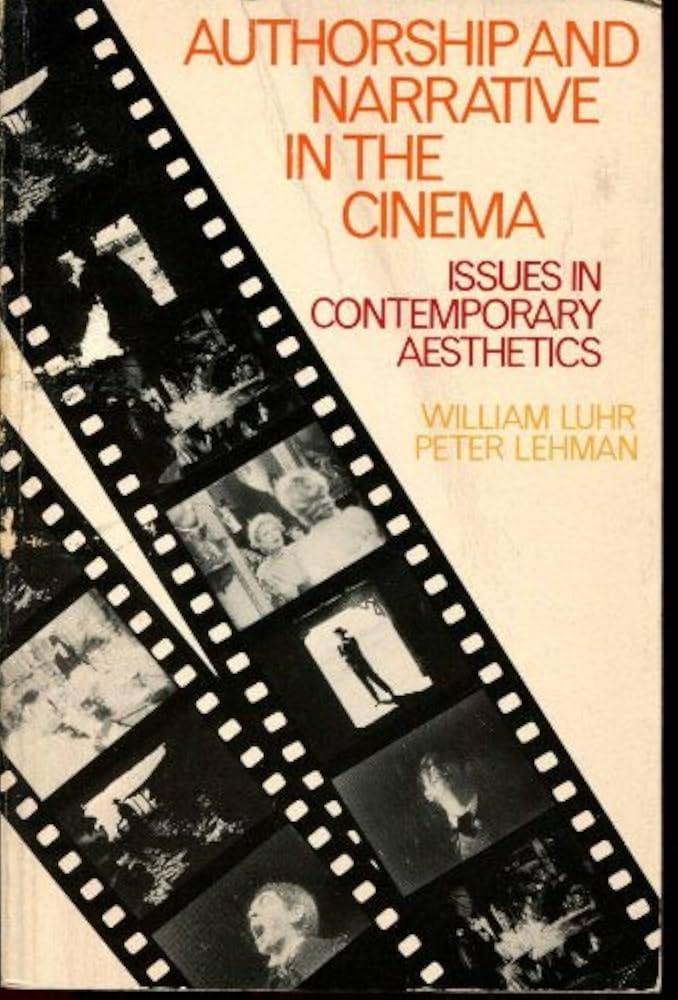In the ever-evolving landscape of modern cinema, narrative structure stands as a pivotal element shaping the viewer’s experience. As filmmakers push boundaries and experiment with storytelling techniques, understanding the intricacies of narrative construction becomes essential. This article delves into the nuanced architecture of contemporary film narratives, examining how innovative approaches redefine traditional storytelling paradigms. By dissecting key examples and analyzing their impact, we aim to illuminate the sophisticated interplay between narrative form and audience engagement, ultimately revealing the transformative power of story in the cinematic realm.
Analyzing Nonlinear Narratives: Breaking Traditional Boundaries
Modern cinema often challenges the linear storytelling tradition, embracing nonlinear narratives to enrich the audience’s experience. By shattering conventional boundaries, filmmakers invite viewers into a more immersive and engaging storytelling universe. Nonlinear narratives offer a dynamic way to explore themes, character development, and emotional depth, allowing the plot to unfold in a non-sequential manner. This approach not only captivates audiences but also encourages them to actively participate in piecing together the storyline, leading to a more personalized interpretation.
Key elements of nonlinear narratives include:
- Flashbacks and Flashforwards: These techniques disrupt chronological order, providing context and building suspense.
- Multiple Perspectives: Offering various character viewpoints, this style adds layers of complexity and depth.
- Fractured Timelines: A jigsaw puzzle of events that challenges viewers to reconstruct the narrative.
By utilizing these techniques, filmmakers not only break free from traditional storytelling constraints but also craft narratives that resonate on a deeper emotional and intellectual level. As audiences become more sophisticated, the demand for innovative narrative structures continues to grow, pushing the boundaries of cinematic storytelling.
Character Development and Its Impact on Plot Dynamics
In modern cinema, the intricate dance between character development and plot dynamics is pivotal in crafting compelling narratives. Characters serve as the vessels through which audiences experience the story, and their growth or regression can dramatically alter the trajectory of the plot. A well-developed character can transform a predictable storyline into a riveting journey by introducing unexpected choices and reactions. Consider how a protagonist’s evolving moral compass might lead to unforeseen alliances or conflicts, reshaping the entire narrative landscape.
- Internal Conflicts: Characters wrestling with personal dilemmas can create rich subplots that enhance the main storyline.
- Character Arcs: A transformative journey—whether it’s a hero’s fall or redemption—adds depth and complexity to the narrative.
- Relationships: Interactions between characters can introduce new challenges and motivations, driving the plot forward in unexpected ways.
Ultimately, the interplay between character evolution and plot progression is not merely a storytelling technique but a fundamental aspect that defines the essence of a film. By weaving these elements seamlessly, filmmakers create a tapestry that captivates and resonates, leaving a lasting impact on audiences.
 Visual Storytelling in Enhancing Narrative Depth”>
Visual Storytelling in Enhancing Narrative Depth”>
The Role of Visual Storytelling in Enhancing Narrative Depth
Visual storytelling is a powerful tool that enriches the narrative depth in modern cinema by weaving imagery and emotion into the very fabric of the story. Directors and cinematographers use visual cues to subtly convey themes and character arcs, allowing audiences to experience the narrative on a deeper level. Through the use of lighting, color palettes, and composition, filmmakers can evoke specific emotions and guide the viewer’s interpretation of the story. For instance, the use of muted tones might symbolize a character’s internal struggle, while dynamic camera movements can reflect a narrative’s escalating tension.
- Symbolic Imagery: Objects or scenes that represent larger concepts.
- Color Theory: Strategic use of color to evoke mood or highlight themes.
- Framing and Composition: Directing the viewer’s focus and creating visual metaphors.
- Lighting Techniques: Manipulating light and shadow to enhance narrative tone.
By integrating these elements, filmmakers create a rich tapestry that resonates with viewers on both conscious and subconscious levels. This layered approach not only enhances the emotional impact but also encourages multiple viewings, as audiences uncover new layers of meaning each time. The visual narrative becomes a dialogue between the film and its audience, one that is constantly evolving and deepening with each frame.

Innovative Uses of Time and Space in Contemporary Film Narratives
In contemporary cinema, filmmakers are boldly reimagining traditional narrative frameworks by experimenting with the dimensions of time and space. This innovation is not merely a stylistic choice but a deliberate narrative strategy to deepen emotional engagement and thematic resonance. For instance, nonlinear storytelling—evident in films like Memento and Eternal Sunshine of the Spotless Mind—challenges audiences to piece together fragmented timelines, creating a more interactive viewing experience. These films manipulate time to explore complex themes such as memory, identity, and reality.
Moreover, the use of space has evolved beyond mere setting. Directors like Christopher Nolan and Denis Villeneuve employ expansive, often otherworldly environments that mirror the internal landscapes of their characters. Consider the vast, isolating deserts of Blade Runner 2049 or the bending cityscapes of Inception. These spatial choices not only enhance visual storytelling but also serve as metaphors for characters’ psychological states. Key innovative techniques include:
- Spatial Distortion: Altering the perception of space to reflect emotional turmoil.
- Temporal Overlaps: Blending past, present, and future to explore cause and effect.
- Parallel Realities: Juxtaposing different worlds to highlight contrasting themes.

